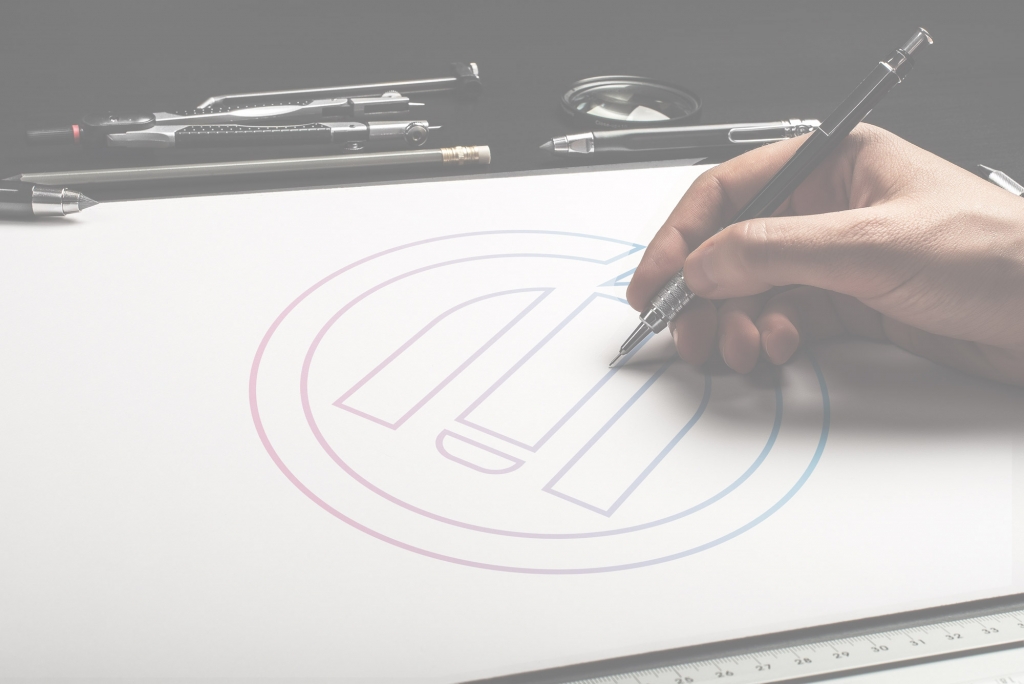Our logo creation process involves identifying your company’s goals, objectives and the message you want to communicate to your audience. Once we identify these metrics, we create unique hand-drawn concepts to choose the basic structure of the logo. Following revisions on the approved concept, we digitize the logo and start complementing the logo with typeface and colour palettes that reflect your brand. It is now standard to have alternative logos for dark and light options. All our logos are created with RGB, CMYK, Pantone and Web Safe Hex code brand colours. The full package contains brand typeface names and usage instructions.

It starts with our logo discovery questionnaire. This helps us to understand your company’s identity. Critical information gathered to ensure the final concept is exactly what you are envisioning.
Here we brainstorm ideas, logos that you may like, significant symbols that you feel match your brand’s identity. This step is vital before stepping into initial drawings.
We start by hand drawing all of our ideas to get an initial feel of the logo. This will give us the clarity required before making our reflections and revisions.
We deliver fully vectorized logos in both AI (Adobe Illustrator) and PDF (Adobe Acrobat) format. Along with those you will get the classic JPG, PNG and SVG files to suit your needs.
Copyright © 2007 - 2022 Digital Elementz Media Group - All Rights Reserved
Your files will be processed by a DEMG pre-press technician to maximize print quality and guarantee results.